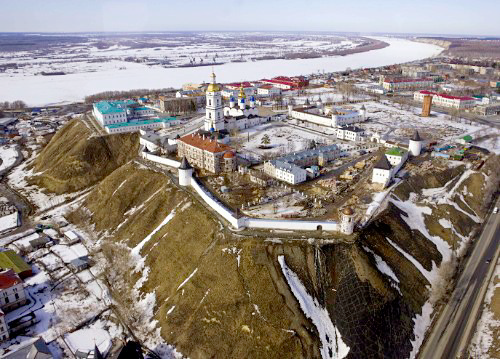Few will doubt that digital photography has overtaken conventional film for amateur and professional photographers. With our daily use of social media networks – Flickr, Facebook, Instagram and others – it’s easy to understand why. Once captured, digital photographs are already in a format that makes them incredibly easy to use and share. Digital is about sharing the content now and not so much about sharing photographic creations.
With point-and-click technology, we tend to take our photos for granted. Unlike analogue images we shot onto 35mm film and paid the processing fee to have developed, we only keep the digital images we want, the others we simply delete.
Smartphones, with their gigabyte storage, sophisticated lenses, built-in filters and the ability to automatically apply single-shot HDR (high-dynamic range) processing, have become a valid camera line for photography. They’re easily portable and we have them on us almost 24/7.
So, we snap away, download those images we want to keep: some going into cloud storage, others onto various other storage devices and some will even be used on our websites.
Unless you’re a professional photographer, these images will generally only have sentimental value. Or will they?
Not having a crystal ball makes it difficult to look into the future. Take a look at the picture above and place a value on the image. Does it have any financial value or is it just something of a sentimental reflection for those involved.
The girls, from left to right, are Angela Higney, Michele de Gennaro, Colette Marx-Neilsen and Lynn Veronneau. They made up a group called Les Horribles Cernettes and the picture was the first photographic image published on the World Wide Web.
Silvano de Gennaro, an analyst in the Computer Science department at CERN (the European research organisation based in Switzerland that operates the largest particle physics laboratory in the world) who helped form the band, said that Les Cernettes were the subject of the first photo of a band on the Web.
“Back in 1992, after their show at the CERN Hardronic Festival, my colleague Tim Berners-Lee asked me for a few scanned photos of “the CERN girls” to publish them on some sort of information system he had just invented, called the “World Wide Web”. I had only a vague idea of what that was, but I scanned some photos on my Mac and FTPed them to Tim’s now famous “info.cern.ch”. How was I to know that I was passing a historical milestone, as the one above was the first picture of a band ever to be clicked on in a web browser!”
Who knows what financial value “ Les Horribles Cernettes” will have in the future but take a look at the following photos and place a value on them (answers at the bottom of the page):
1. Just a holiday snap or something more valuable? Shot by Dmitry Medvedev in 2009, the Tobolsk Kremlin is the sole stone Kremlin in Siberia.
2: Business as usual: The Chicago Board of Trade, 1997, taken by Andreas Gursky.
3: An Arab Summit? No, the Kuwait Stock Exchange, 2008, another by Andreas Gursky.
The Independent, in a December 2014 article on Australian self-acclaimed fine-art photographer Peter Lik who had just sold a photograph taken in Antelope Canyon, Arizona for more than £4 million (the most expensive photo in history), quoted Martin Parr, the renowned British photographer: “I’ve never even heard of him. It’s pretty astonishing. I’ve looked at his work today and though he’s a very good commercial photographer who can take pictures people like, he has no standing whatever in the fine-art world that I belong to.”
Michael Hoppen, a leading British photography gallerist, says in the same article: “It’s an abomination. I remember when he sold the picture [another by Lik of a man in snow by a river. Ed.] in 2010, my jaw dropped. I thought, who could be persuaded to part with $1m for a piece of tat? You could have done it with an iPhone.” Perhaps Peter Lik did!
But it’s one thing to take photos that could end up being worth millions, it’s quite another what we do with them after they have been taken. With analogues photos we have hard copies, but digitised images are a very different matter.
I’ve commented in the past about the need to adequately protect our digital assets, and that need is getting ever greater. Apple, Google, Twitter and others have announced that they intend to introduce strong encryption measures into their products and services to safeguard against surveillance overreach by government agencies and others. This could mean that photos stored in smartphones, tablets, in cloud storage etc., are lost forever in the event the owner of the images dies.
In their 2013 report regarding individuals’ digital assets, PwC wrote that 25 percent of respondents claimed that nobody would be able to access their digital content after their deaths (because they are not doing enough to protect the digital assets they value).
But even if they are not lost, who is entitled to the images: the person inheriting the device where they are stored or someone else? It is very difficult for traditional estate planning vehicles to handle the issue of unmanaged digital assets, so it’s important for lawyers to provide the right advice to their clients so that the digital property they value is properly addressed and taken care of.
And just how valuable are the photographs above? Each sold for the following:
1: $US1,750,000
2: $US3,298,755
3: $US1,014,354
If you have a valuable digital photograph or photographs you would like us to keep safe, please do get in touch!



